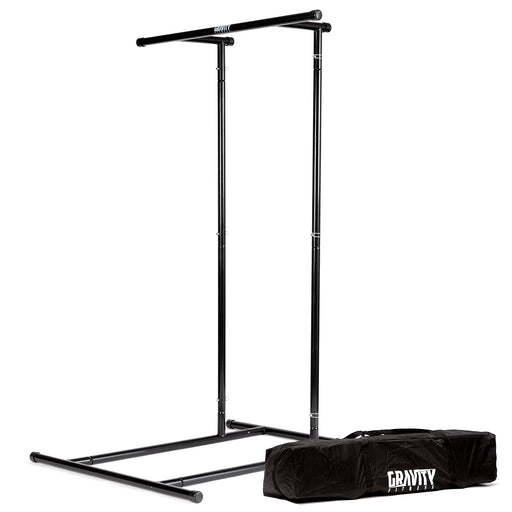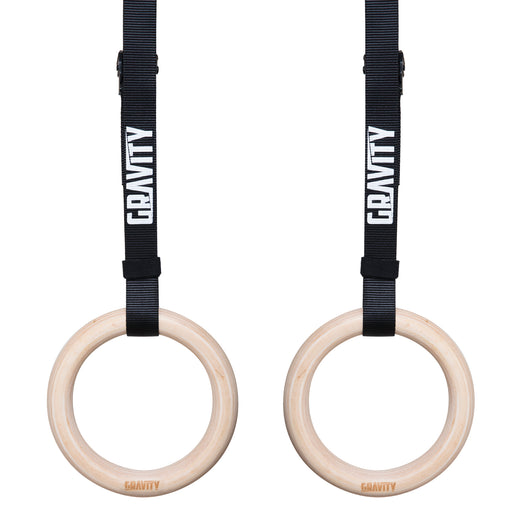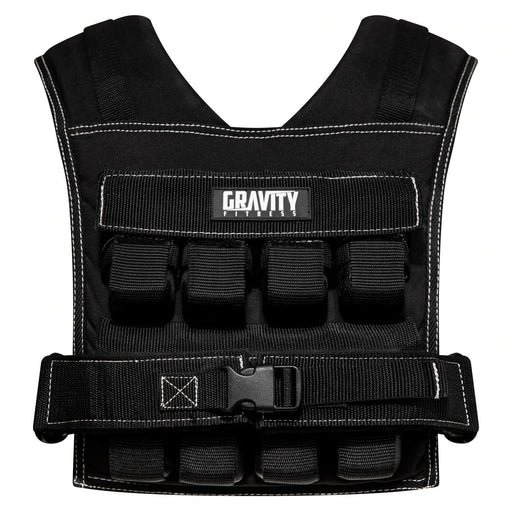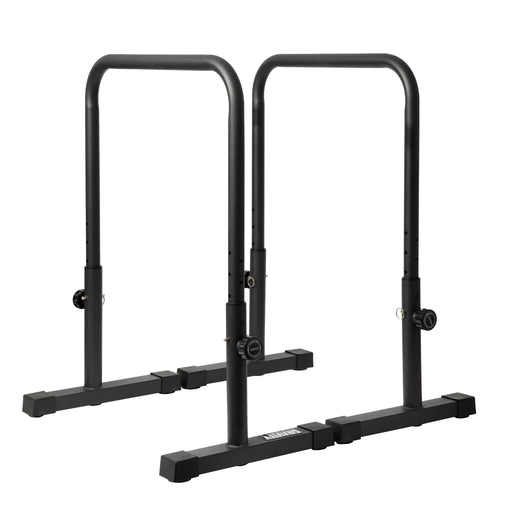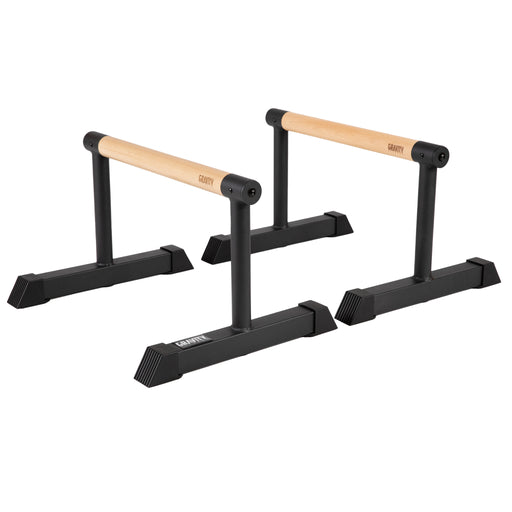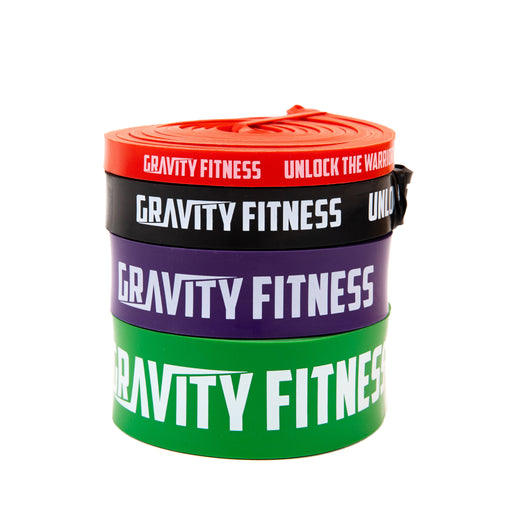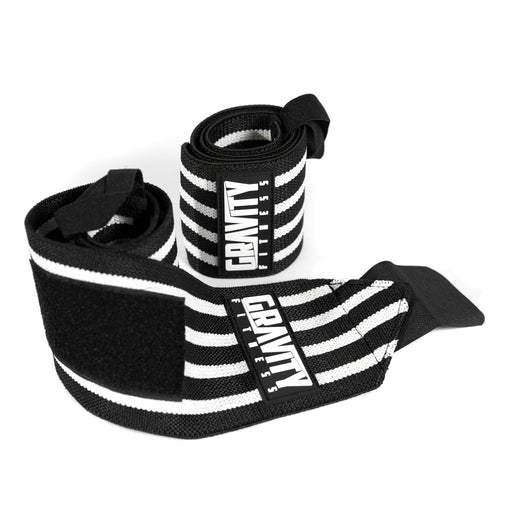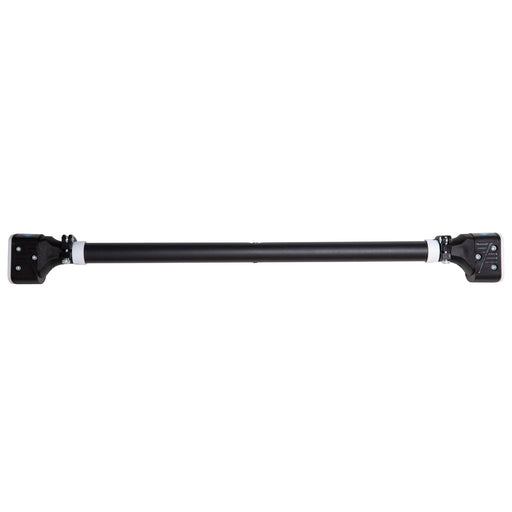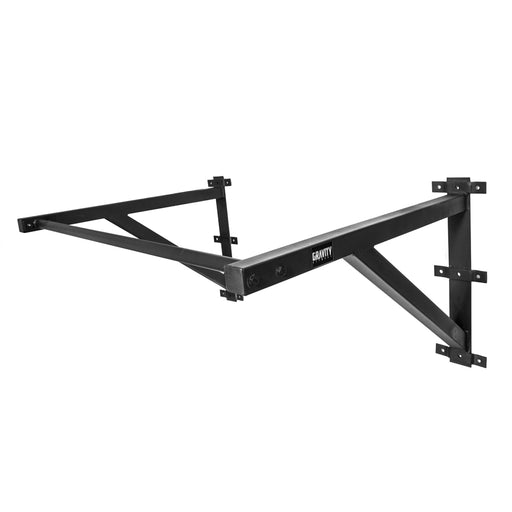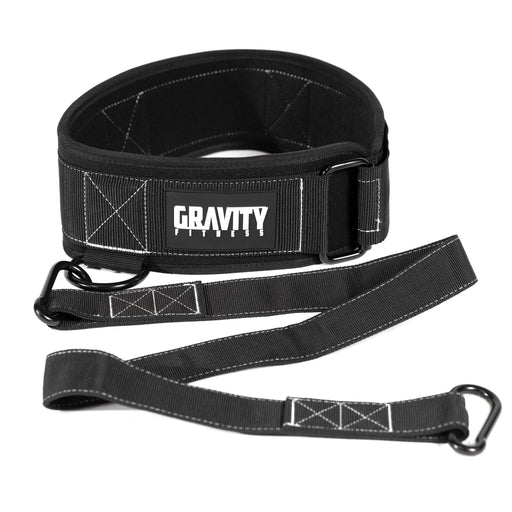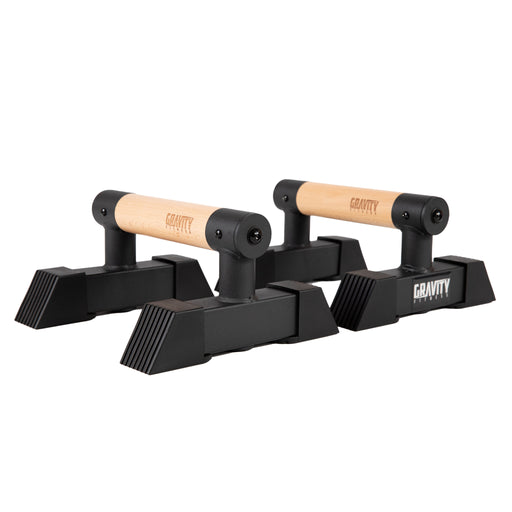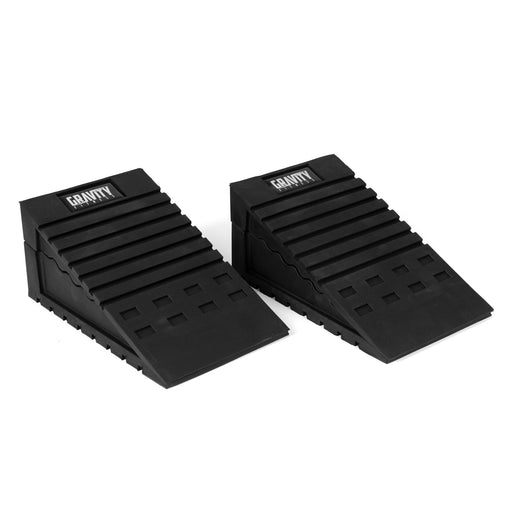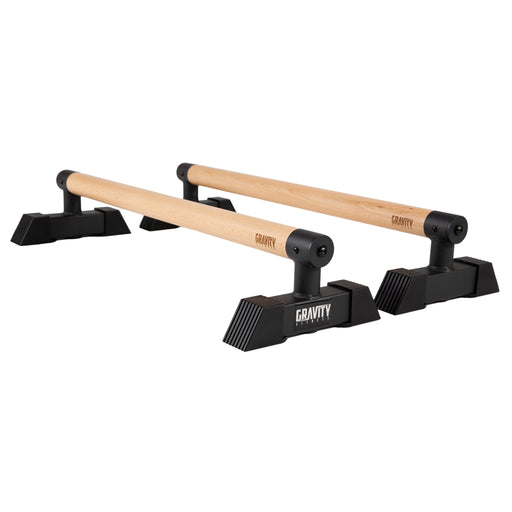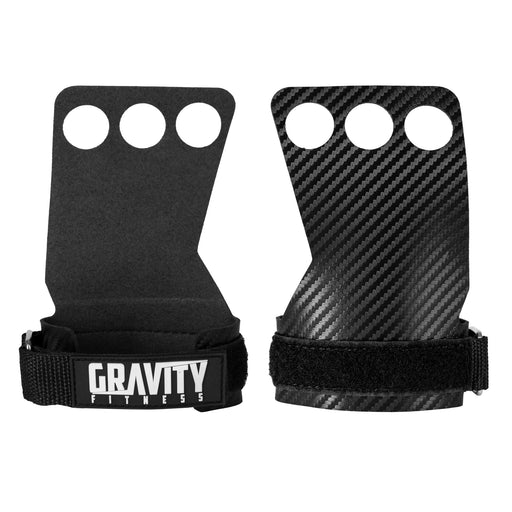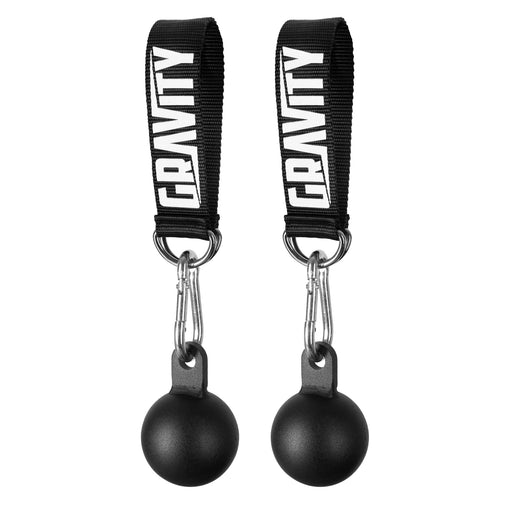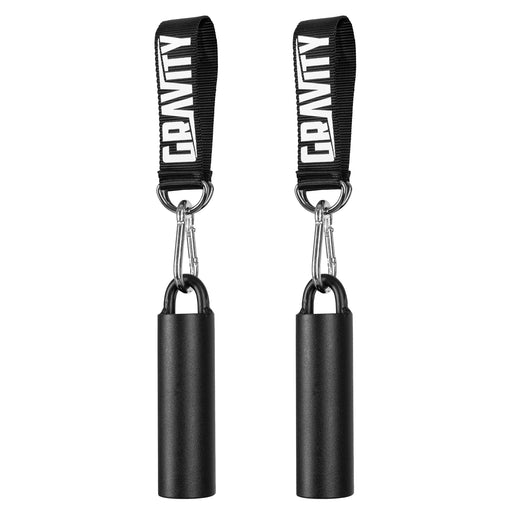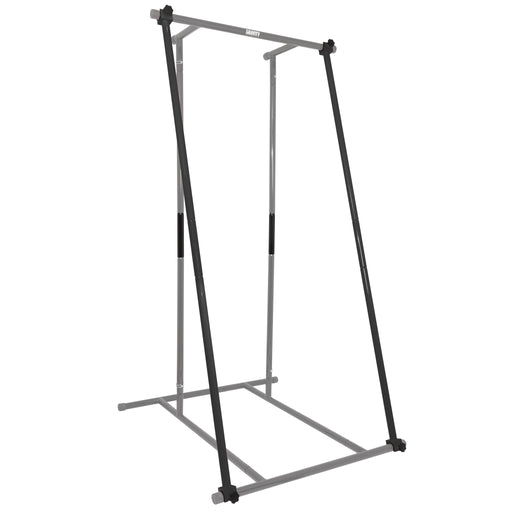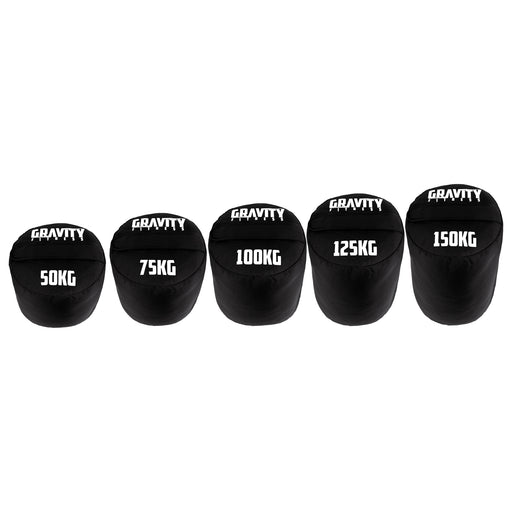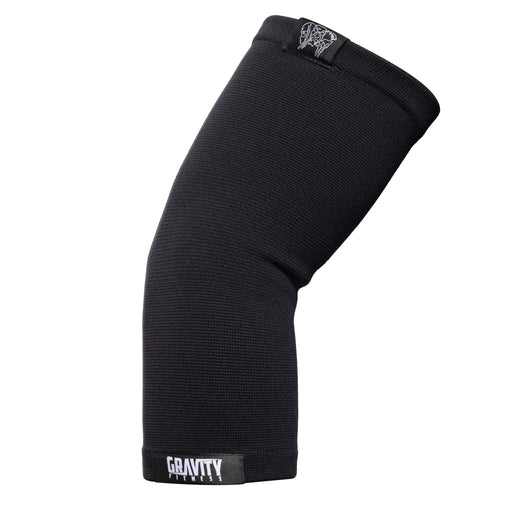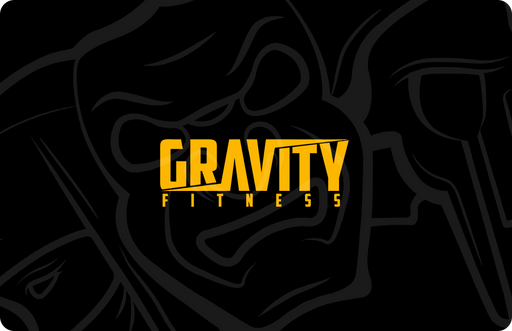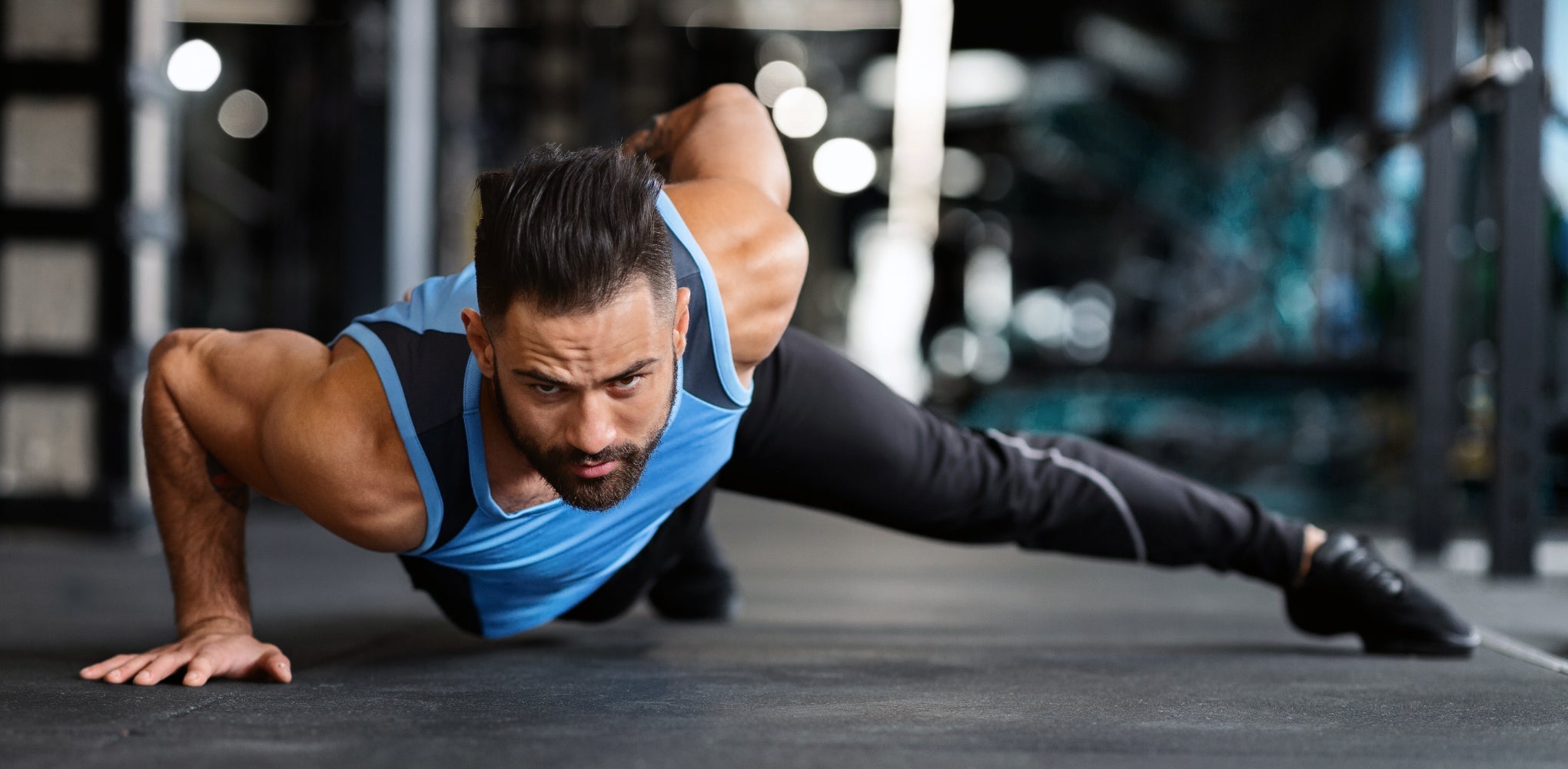
Do You Really Need Equipment for Calisthenics?
Calisthenics has a reputation for being the purest form of training. The idea is simple: just you, your bodyweight, and gravity. And while that’s true, there’s always a point where the conversation turns to equipment. Do you actually need any? Or is it just an optional extra? Let’s break it down.
The Philosophy of Minimalism
One of the reasons people fall in love with calisthenics is because it strips training back to basics. You don’t need a commercial gym membership or rows of machines. Push-ups, squats, lunges, planks, these movements can be done anywhere. That’s the beauty of it. If you’re just getting started, your bodyweight alone is more than enough to build strength, coordination, and endurance.
But here’s the catch: progression. Your body adapts. After a while, 50 push-ups won’t challenge you the way they used to. Squats without load stop driving serious growth. To keep progressing, you either need to increase complexity, think one-arm push-ups or pistol squats, or you need to bring in tools that unlock new ranges, new angles, and new resistance. That’s where equipment comes in.
Pull-Up Bars: The Gateway Tool
If there’s one piece of equipment that transforms your training, it’s the pull-up bar. You can build a decent base of strength with push-ups, dips between chairs, and floor work, but pulling is a different story. Unless you’ve got a sturdy tree branch nearby, you’re missing half of the movement spectrum.
Pull-ups, chin-ups, hanging leg raises, these are cornerstone calisthenics exercises. A pull-up bar gives you vertical pulling strength, grip development, and access to advanced skills like front levers and muscle-ups. Without one, you’re limited. With one, the whole upper body opens up. That’s why most athletes call a bar the first non-negotiable.
Parallettes: Small but Game-Changing
Parallettes don’t get as much attention as pull-up bars, but they’re a powerful addition. At first glance, they’re just two small bars raised off the floor. But what they give you is leverage, wrist relief, and access to gymnastic-style movements that are almost impossible flat on the ground.
Think L-sits, tuck planches, handstand push-ups, and deeper push-up variations. Parallettes change the angle of your hands and allow you to work deeper ranges of motion without smashing your wrists against the floor. They also make balance training more accessible. If you’ve ever tried holding a handstand directly on the ground, you’ll know how much strain it puts on the wrists. Parallettes solve that problem while letting you progress toward higher-level strength.
For many calisthenics athletes, parallettes become an everyday tool, not just an add-on. They’re portable, affordable, and open up a huge library of skills.
When Bodyweight Alone Isn’t Enough
Here’s the reality: calisthenics isn’t just about mastering your bodyweight, it’s about continually challenging yourself against it. At some point, you’ll hit diminishing returns if all you do is add more reps. Yes, endurance matters, but real strength and hypertrophy require overload. That’s where weighted calisthenics steps in.
Weighted Vests: Overload Made Simple
A weighted vest is one of the most efficient ways to level up your training. Strap one on and suddenly your push-ups, squats, pull-ups, and dips feel brand new. The beauty of a vest is how evenly the weight distributes across your torso. It doesn’t swing like a backpack and it leaves your hands free.
Weighted vests turn simple movements into strength builders. A set of 10 pull-ups with an extra 10kg on your body feels completely different to 20 bodyweight reps. You build more power, more density, and more resilience. And if you’re training outdoors, a vest is easy to throw on without any fuss.
Dip Belts: Heavy Duty Strength
When you outgrow even a weighted vest, the dip belt is waiting for you. This is the tool that lets you load serious weight onto your dips and pull-ups. By attaching plates or kettlebells, you can turn a bodyweight dip into a brutal strength exercise.
Dip belts are how advanced athletes build the kind of raw pulling and pressing power that carries over into muscle-ups, planches, and weighted calisthenics competitions. They’re not for beginners, but once you’ve got the fundamentals locked down, they’re a must. Nothing else will let you safely add that kind of load to your vertical and horizontal pushing and pulling.
Equipment as a Progression Path
So, do you really need equipment? The answer depends on where you are in your journey.
-
Beginner: You don’t need anything but your body. Learn the basics. Push-ups, squats, lunges, planks, hollow holds. Build a base.
-
Intermediate: A pull-up bar is essential. Parallettes add variety and unlock new movement patterns. Together, they create a balanced program.
-
Advanced: Weighted vests and dip belts become crucial for overload. They allow you to keep progressing when bodyweight alone won’t cut it.
Equipment isn’t about replacing calisthenics — it’s about amplifying it. Every piece has a role in helping you move better, get stronger, and stay challenged.
Why Gravity Fitness Gear Fits the Bill
The truth is, not all equipment is equal. Cheap, flimsy pull-up bars can damage your doorframe and fail under load. Lightweight parallettes tip over when you need stability most. And a poorly designed weighted vest becomes uncomfortable and limits your movement.
That’s why we design and manufacture equipment specifically for calisthenics training. Portable pull-up Racks you can use indoors or outdoors. Parallettes designed with stability and grip in mind. Weighted vests that sit tight to the body without shifting. Dip belts are strong enough to handle whatever load you throw at them.
Every piece of kit is designed to last, and we back it all with a 5-year warranty and 60 60-day returns period, because fitness isn’t about quick fixes. It’s about life training.
The Final Word
At its core, calisthenics is about mastering your body. You don’t need equipment to start, and you should never feel like you can’t train without it. But the right tools extend your journey. They unlock skills, add resistance, and keep you progressing long after the basics stop being enough.
So no, you don’t need equipment to call yourself a calisthenics athlete. But if you want to push further, build real strength, and keep evolving, the right gear will become part of your path.












